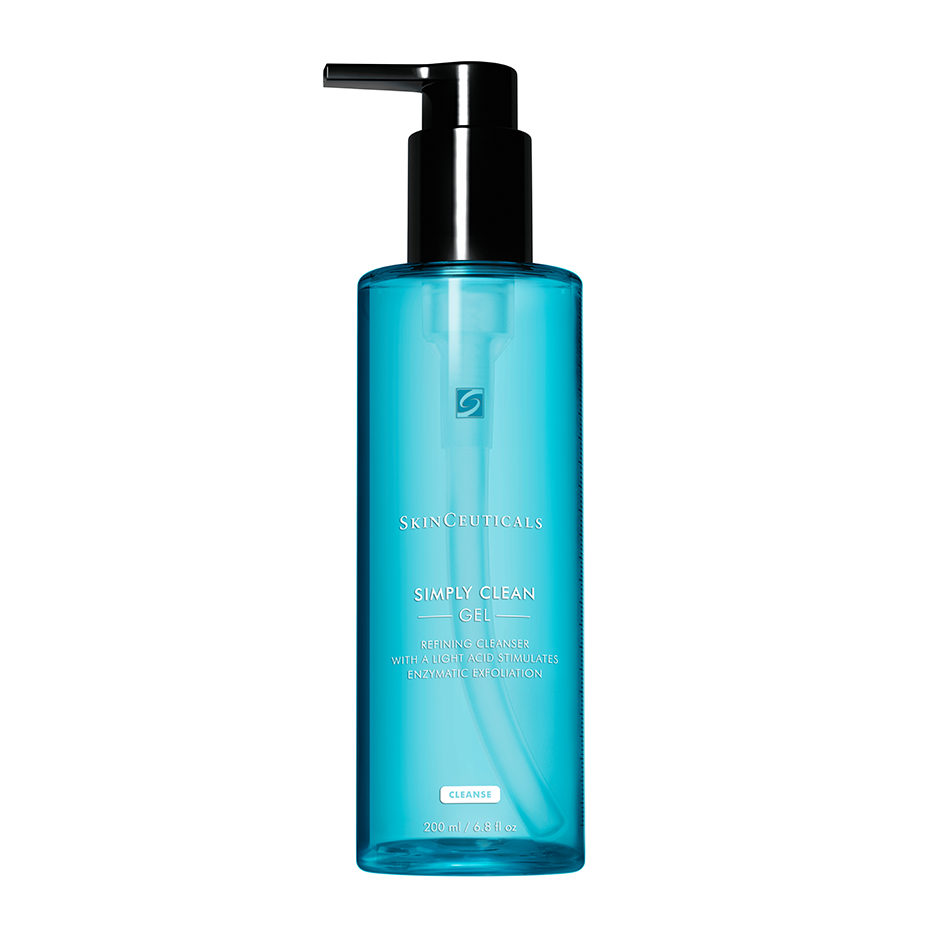IPL Treatment
Cutera LimeLight

Intense Pulsed Light (IPL) treatment, also known as photorejuvenation or photofacial, is a non-invasive cosmetic procedure used to address a variety of skin issues and improve skin texture and tone. It uses high-intensity pulses of broad-spectrum light to target and destruct specific chromophores in the skin, such as melanin (responsible for pigmentation) and hemoglobin (present in blood vessels) leading to the body's natural healing processes in removal of the damaged tissue. IPL treatments can be used to help reduce the appearance of fine lines, wrinkles, and sunspots, revealing smoother and healthier-looking skin. It can address pigmentation issues caused by sun damage, age spots, or freckles, lightening these areas and promoting a more even skin tone. IPL treatments are also used to treat vascular conditions such as redness and visible blood vessels caused by rosacea or broken capillaries. Lastly, IPL can also be used in the treatment of acne by targeting and reducing the activity of sebaceous glands.
It is important to note that IPL is not suitable for all skin types and conditions. Consulting with our qualified licensed practitioner in our Westlake office before undergoing this treatment is important.
